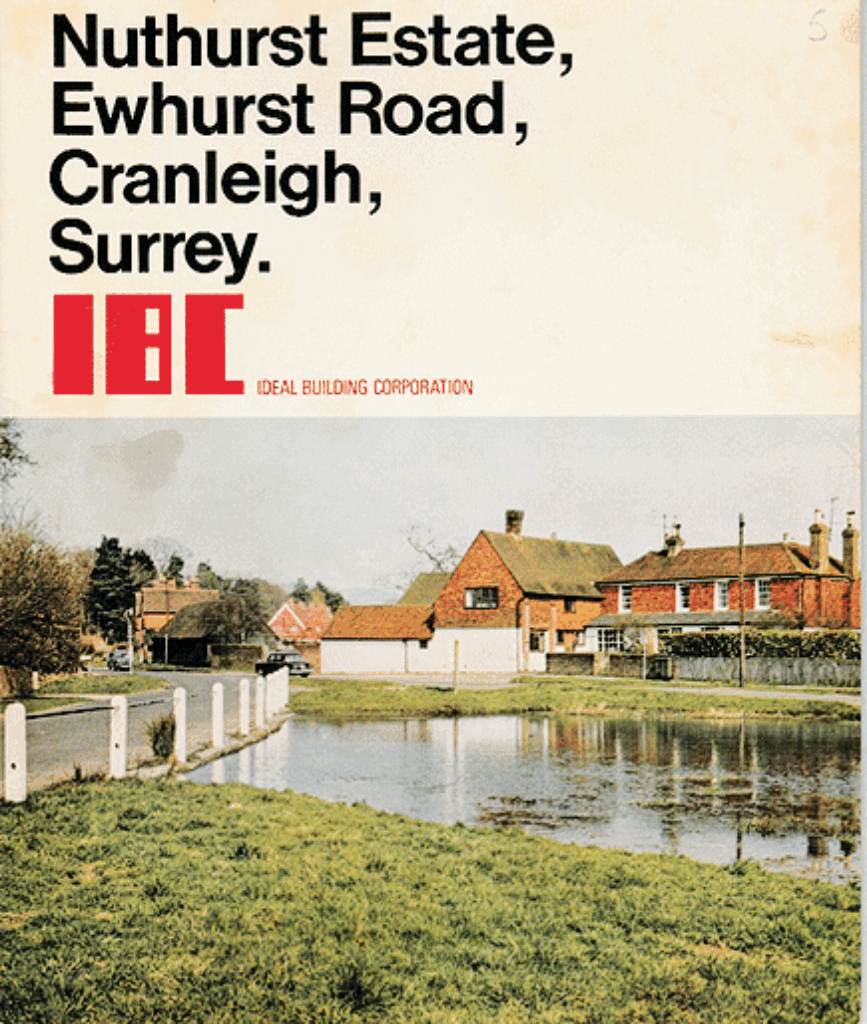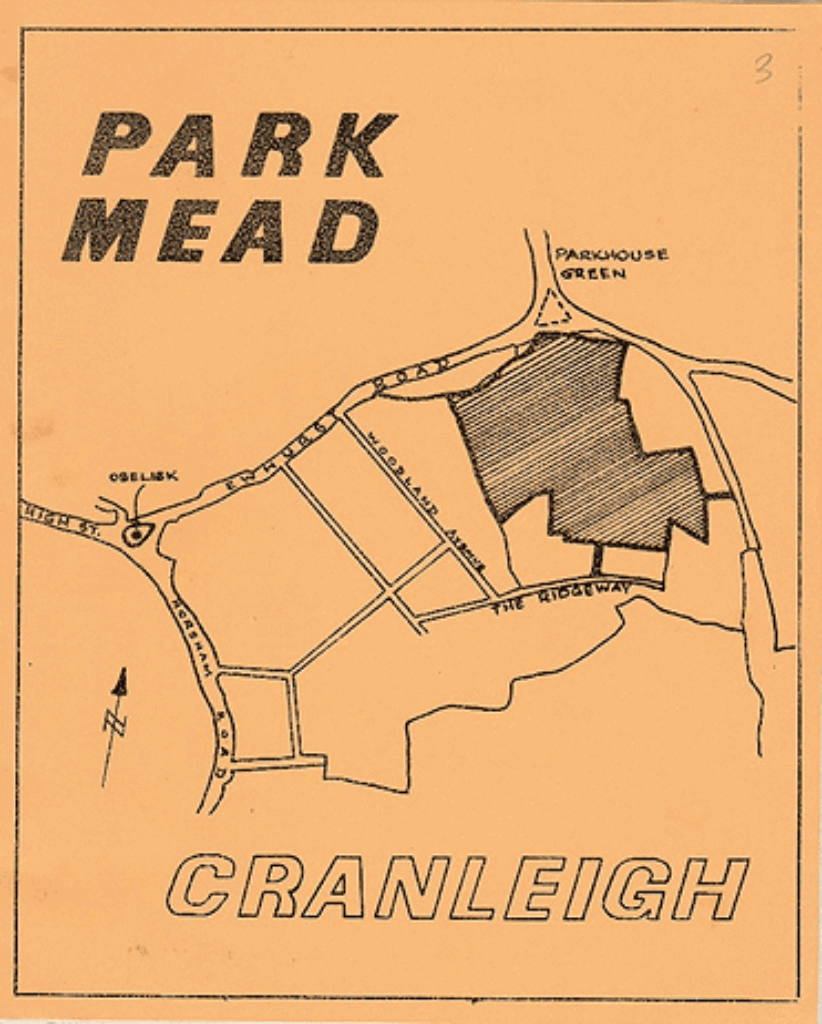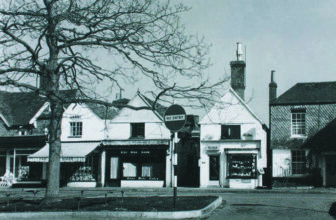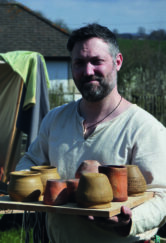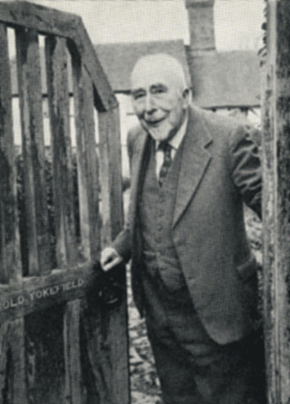
by Joy Horn // Main Photo: Frank Swinnerton (1884-1982), photo by Mark Gerson on the cover of Reflections
One of the ‘characters’ of Cranleigh in the middle of the 20th century was the novelist and critic Frank Swinnerton, the author of some 50 books, who lived at Old Tokefield on the Common for half a century. He came here from London in the early 1920s, having ‘scented in these surroundings leisure and tranquillity’, and fell in love with his lovely sixteenth-century cottage, and the village and people of Cranleigh. His Reflections from a Village, published in 1969 and often found in second-hand bookshops, makes this abundantly clear. It contains many affectionate descriptions of Cranleigh people. The local police inspector told him, ‘You and I, between us, must know everybody in this village.’ There are still several people living who can describe being greeted by him and engaged in conversation.
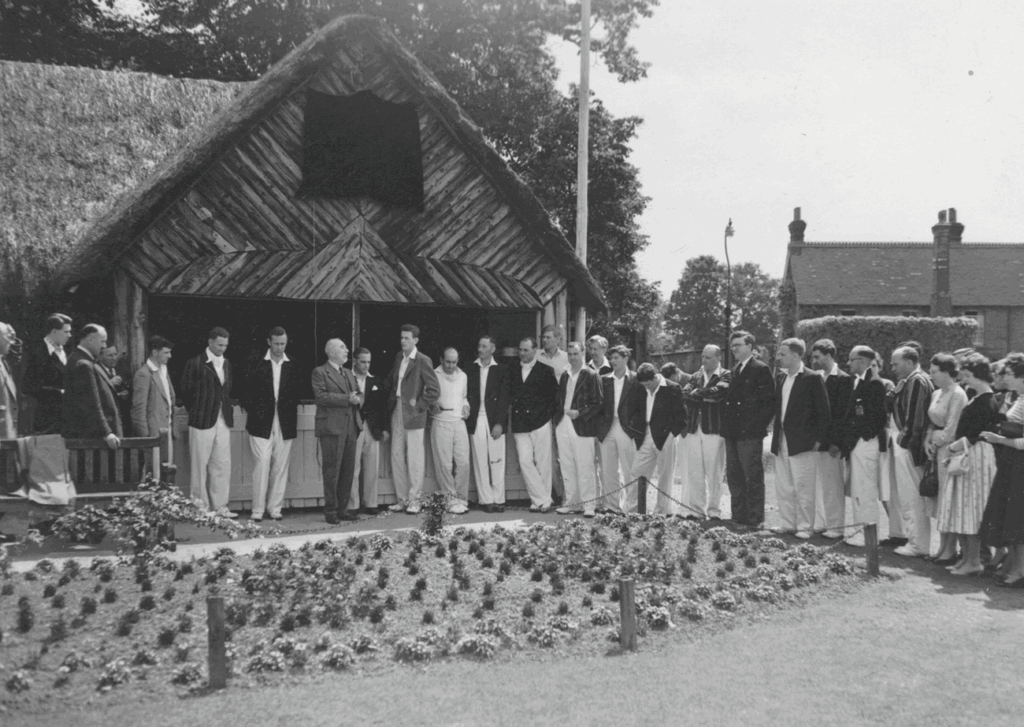
Many notable authors visited him at Old Tokefield, among them Aldous Huxley and Arnold Bennett. And to a cricket-lover, the house was ideally situated – with the local cricket ground right outside his front gate. He called the cricket club’s Centenary celebration in 1956 ‘the greatest day the village has ever known’, when Cranleigh welcomed a team of notable players, including three who played for England and the great Len Hutton, recently knighted.
Swinnerton declares, ‘I write as a happy man’. Yet he calls the final chapter of his book the ‘Passing of a Village’.
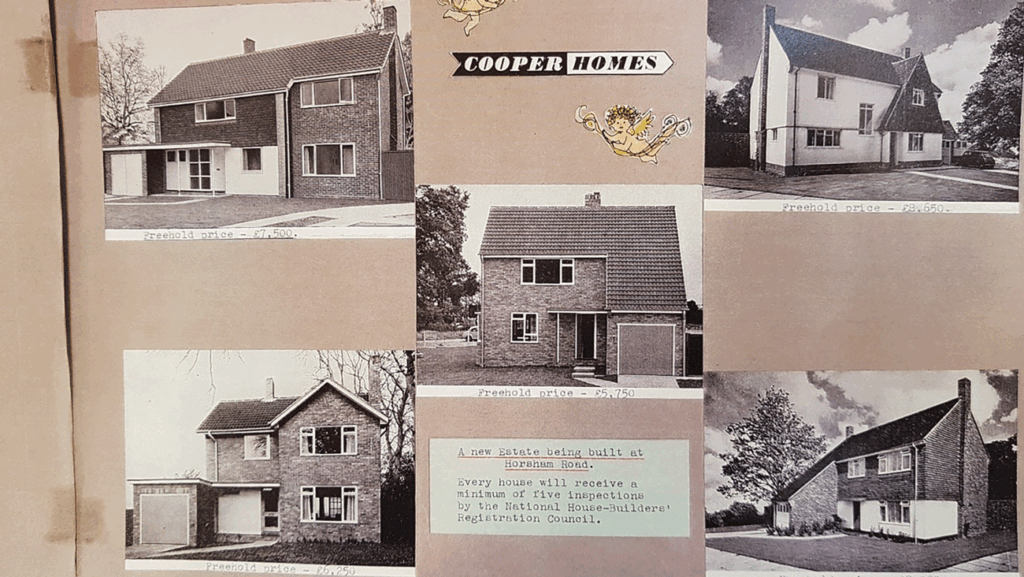
He writes: ‘Of late years developers have arrived in the village. This is a part of a great scheme to cover a hitherto unspoiled region with many hundreds of new houses; and we are to become willy-nilly, a community of twelve or fifteen thousand people.’
It was largely true. First the ‘Wimpey estate’ (Cranleigh Mead and adjacent roads), then Hitherwood, Summerlands, Nuthurst and Park Mead estates were built in the 1960s, transforming the village.
Swinnerton continues: ‘As the railway lines have been removed, all new residents will be dependent for transport upon road vehicles. The journey to London, which formerly took an hour, has become at best one of an hour and a half, and the homeward journey frequently takes longer than that.
‘The village has desperate traffic problems. It is painted from end to end with double yellow “no parking” lines. From exactly four o’clock in the morning until well after midnight on every day of the week, motor vehicles, ranging from lorries, milk-floats, and horse-boxes to mini-cars, omnibuses, and immoderately noisy motor-cycles, flow north and south, east and west.

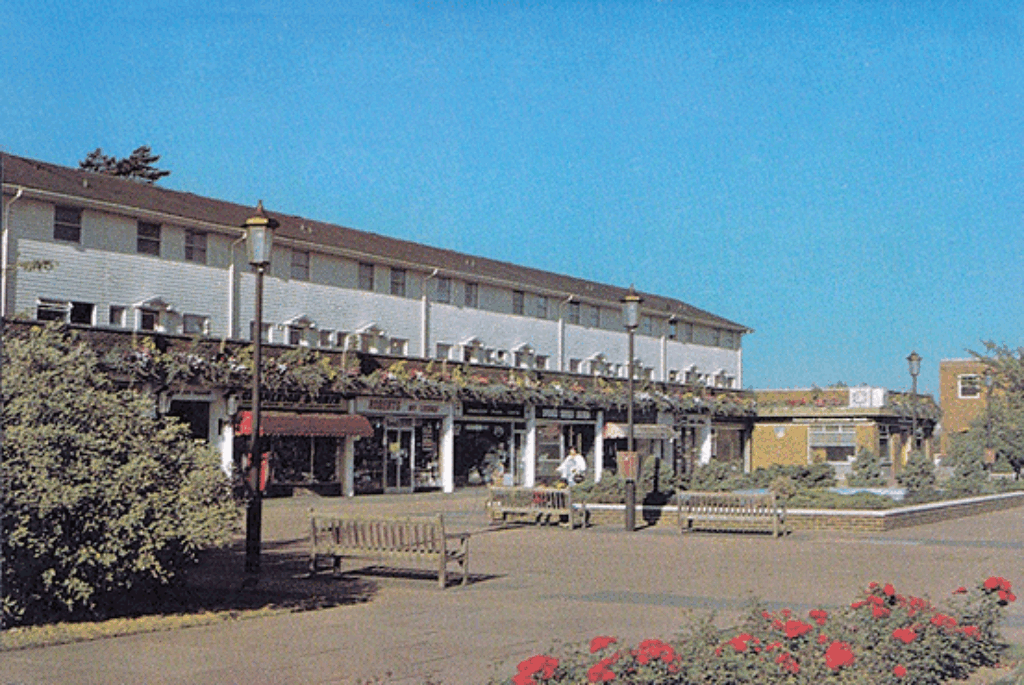
‘Nevertheless, it would be false to say that the village – it is still referred to as ‘the village’ – is remote from civilisation. We have our own Cinema; a fine Village Hall, with good acoustics, where public meetings, flower shows, and the local W.I. and Darby and Joan Clubs are accommodated. An excellent book shop, a Public School and the first of several municipally-directed boarding schools [i.e. Elmbridge School, run by Essex County Council], are supplemented by our own primary and secondary schools and a prosperous branch of the County Library [then in the Lady Peek Institute, now called Bunbury House]. Words such as ‘progress’ and ‘amenities’ are heard all around. There is to be a new Swimming Pool; there is already an elaborate new Shopping Centre; and old residents, disliking all change, shake their heads at the passing of what was once a rural, meadow-surrounded home for a few.’

Despite this, Swinnerton still sounds a positive note: ‘Our village is still far enough from cities to escape the attention of international crooks and strong-arm gangs. The furies of riot and stabbing lie at a distance. Our football enthusiasts are not wantonly destructive. We have no major problems, no queues of unemployed, and no lock-outs. I do not think we have ever had a strike.’ Phew, that’s a relief!
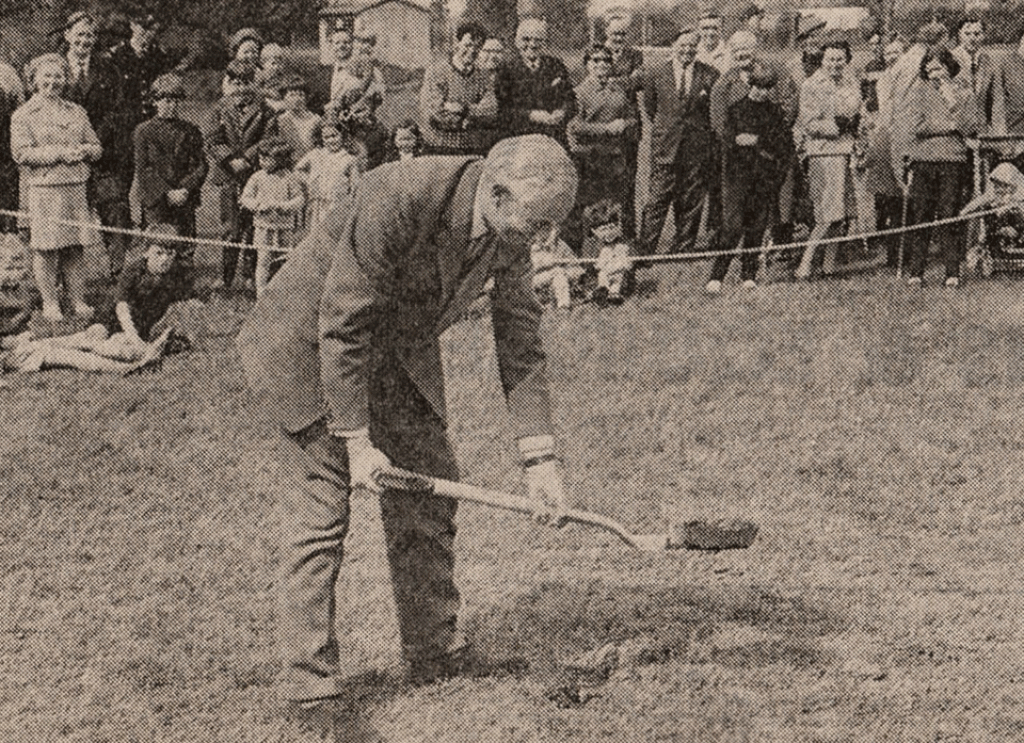
Most old Cranleigh residents reacted similarly, with nostalgic regret yet wanting to welcome the newcomers and to maintain the ‘happy community spirit’. In 1967 a ‘Welcome to Cranleigh’ meeting was held in the village hall, where over 50 of the churches, societies, sports clubs and organisations came together to hold a social evening with coffee and refreshments. The parish clerk begged, ‘Please, newcomers, come and feel that you are welcome in Cranleigh’. The parish church bells rang out joyfully. People moving into the new homes together with existing residents flocked to the meeting and most of the organisations experienced large increases in membership. Newcomers appreciated what Cranleigh had to offer and were pleased to make their own contribution to village life. Four highly successful ‘Welcome to Cranleigh’ meetings were held that year, followed by more each year until 1973. Other villages around Britain took note and held similar social evenings.
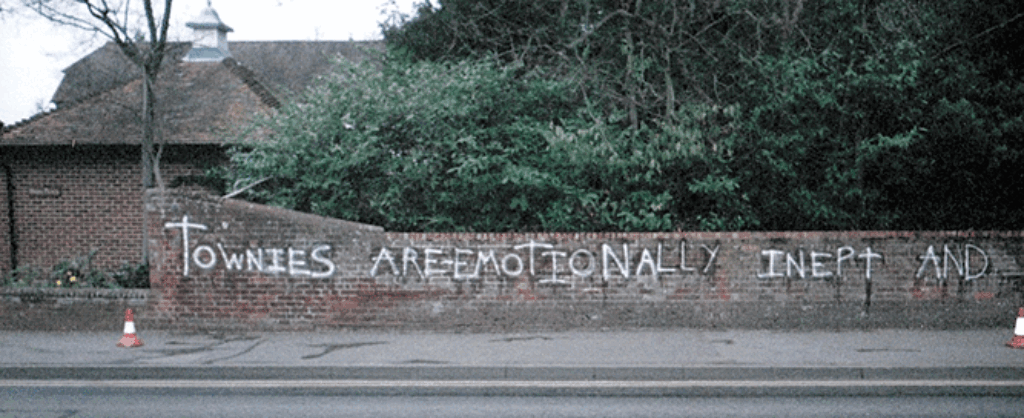
Let Frank Swinnerton have the last word, in his inimitable style: ‘The villagers, although augmented in numbers, remain as pleasant as ever in their manners.’
(Reports of the meetings are from the Parish Magazine and the free monthly magazine.)
The Cranleigh History Society meets on the second Thursday of each month at 8pm in the Band Room. The next meeting is on Thursday September 12th, when Paul Withers will speak on ‘Cranleigh Lions Club’s 50th anniversary’.

